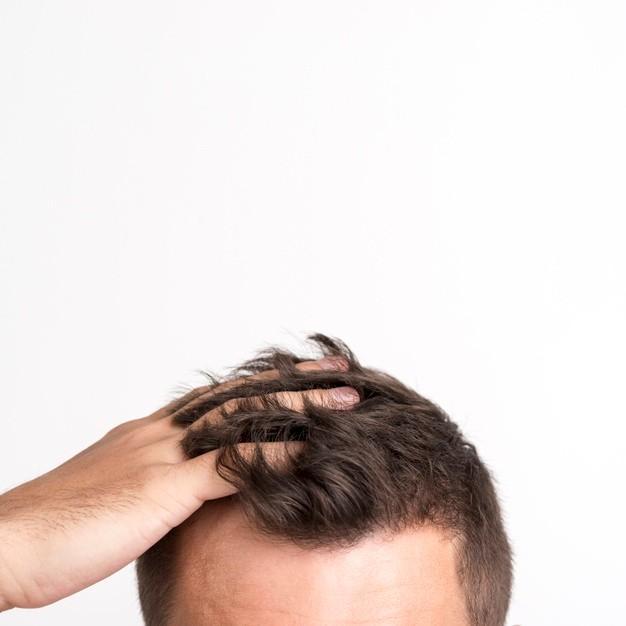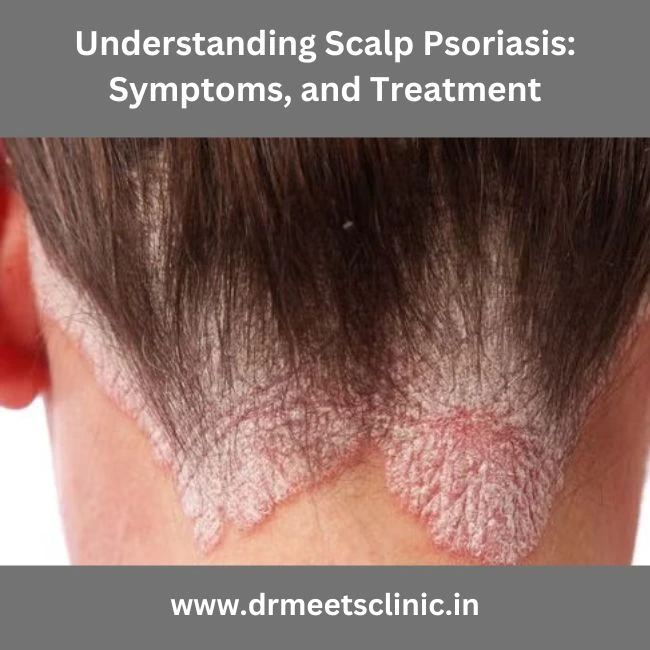Hair growth can be seen everywhere on the human skin except on the palms of our hands and the soles of our feet. Hair is made up of a protein called keratin that is produced in hair follicles on the outer layer of skin. As follicles produce new hair cells, old cells are being pushed out through the surface of the skin at the rate of about six inches a year. in the form of a hair. The hair you can see is a string of dead protein keratin cells. The average adult head has about 100,000 to 150,000 hairs and loses up to 100-150 of them a day; finding a few stray hairs on your hairbrush is not necessarily cause for alarm. Each follicle has its life cycle that can be influenced by age, disease, and a wide variety of other factors.
This life-cycle of Hair is Divided Into Three Phases:
1.Anagen
Anagen is the active hair growth that lasts between two to six years.
2.Catagen
Catagen is the transitional hair growth that lasts two to three weeks.
3.Telogen
Telogen is the resting phase of the hair cycle, it lasts about two to three months. The hair is shed out at the end of the resting phase and a new hair replaces it. Thus starting the new hair-cycle again.
The signs and symptoms of hair loss may include:
– Gradual thinning on top of the head.
– Circular or patchy bald spots.
– Full-body hair loss. Some conditions and medical treatments, such as chemotherapy for cancer, can result in the loss of hair all over your body.
– Patches of scaling that spread over the scalp. This is a sign of ringworm. It may be accompanied by broken hair, redness, swelling and, at times, oozing.
Major Causes of Hair Loss:
The most common cause of hair loss is hereditary in males and females baldness patterns. Certain sex hormones also trigger hereditary hair loss during puberty.
Hair loss may occur due to major illnesses, surgeries, or traumatic events that can trigger hair loss. Normally, the hair starts growing back without treatment.
Temporary or permanent hormonal changes can cause temporary hair loss. Examples include pregnancy, childbirth, discontinuing the use of birth control pills and menopause. There are some medical conditions also that cause hair loss. These are thyroid disease, alopecia areata (an autoimmune disease that attacks hair follicles), scalp infections like ringworm, diseases that cause scarrings, such as lichen planus and some types of lupus, can result in permanent hair loss because of the scarring.
Hair loss can also be due to medications used to treat:
– Cancer
– High blood pressure
– Arthritis
– Depression
– Heart problems
– A physical or emotional shock may trigger noticeable hair loss. Examples of this type of shock include:
– A death in the family
– Extreme weight loss
– A very high fever
– People with trichotillomania (hair-pulling disorder) need to pull out their hair, usually – People with trichotillomania (hair-pulling disorder) need to pull out their hair, usually from their head, eyebrows, or eyelashes.
– People with trichotillomania (hair-pulling disorder) need to pull out their hair, usually – Traction hair loss can be due to hairstyles that put pressure on the follicles by pulling the hair back very tightly.
– People with trichotillomania (hair-pulling disorder) need to pull out their hair, usually – A diet lacking in protein, iron, and other nutrients can also lead to thinning hair.

















